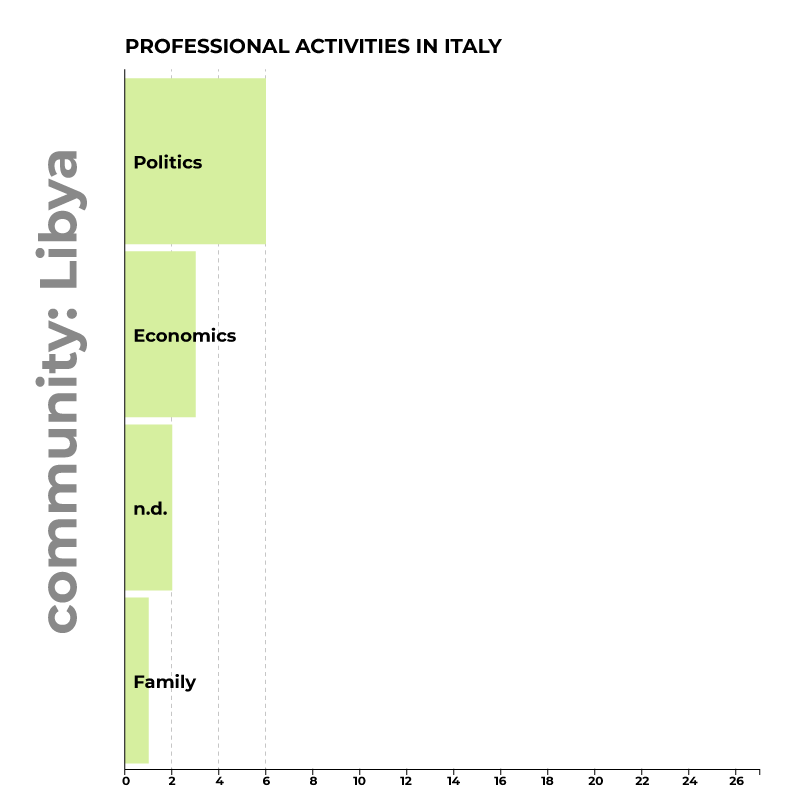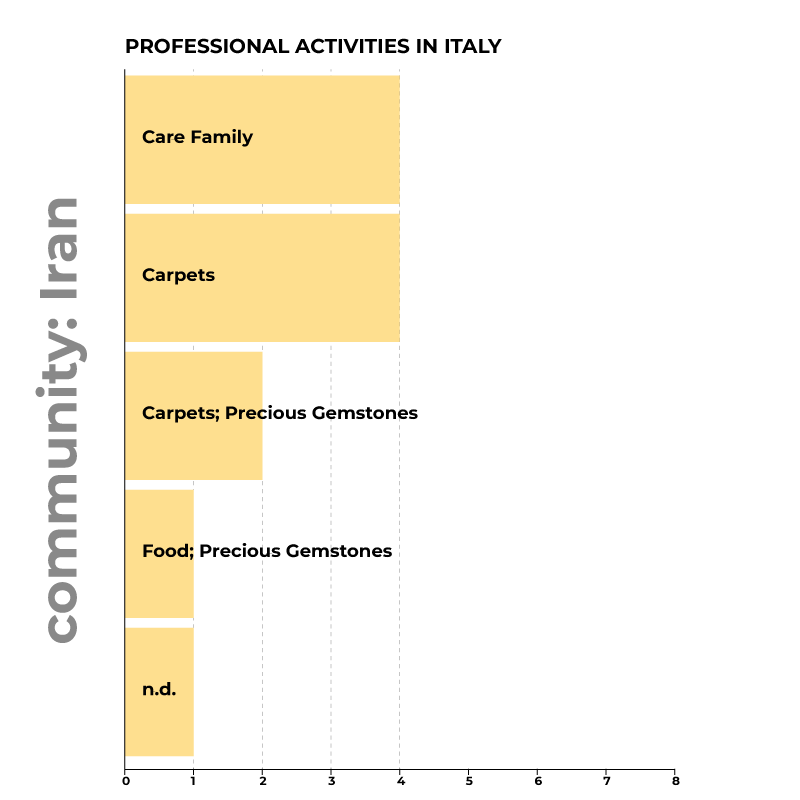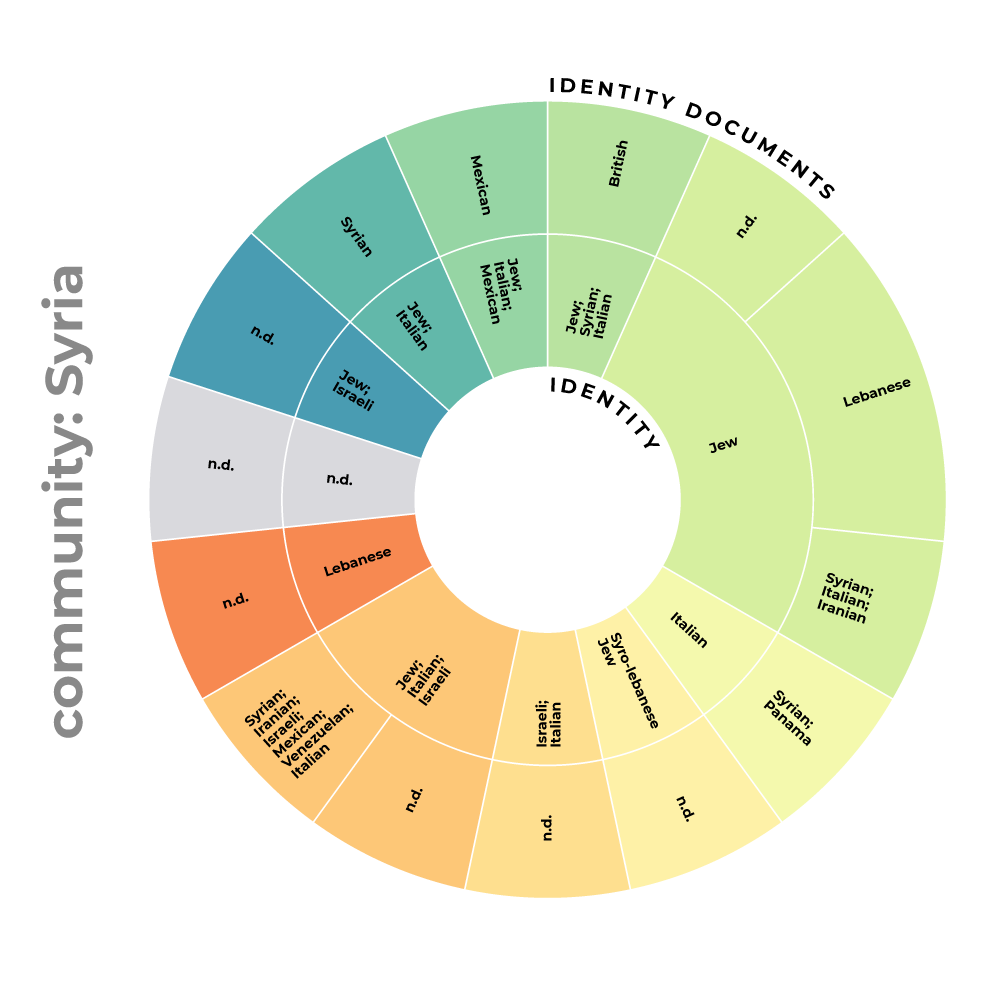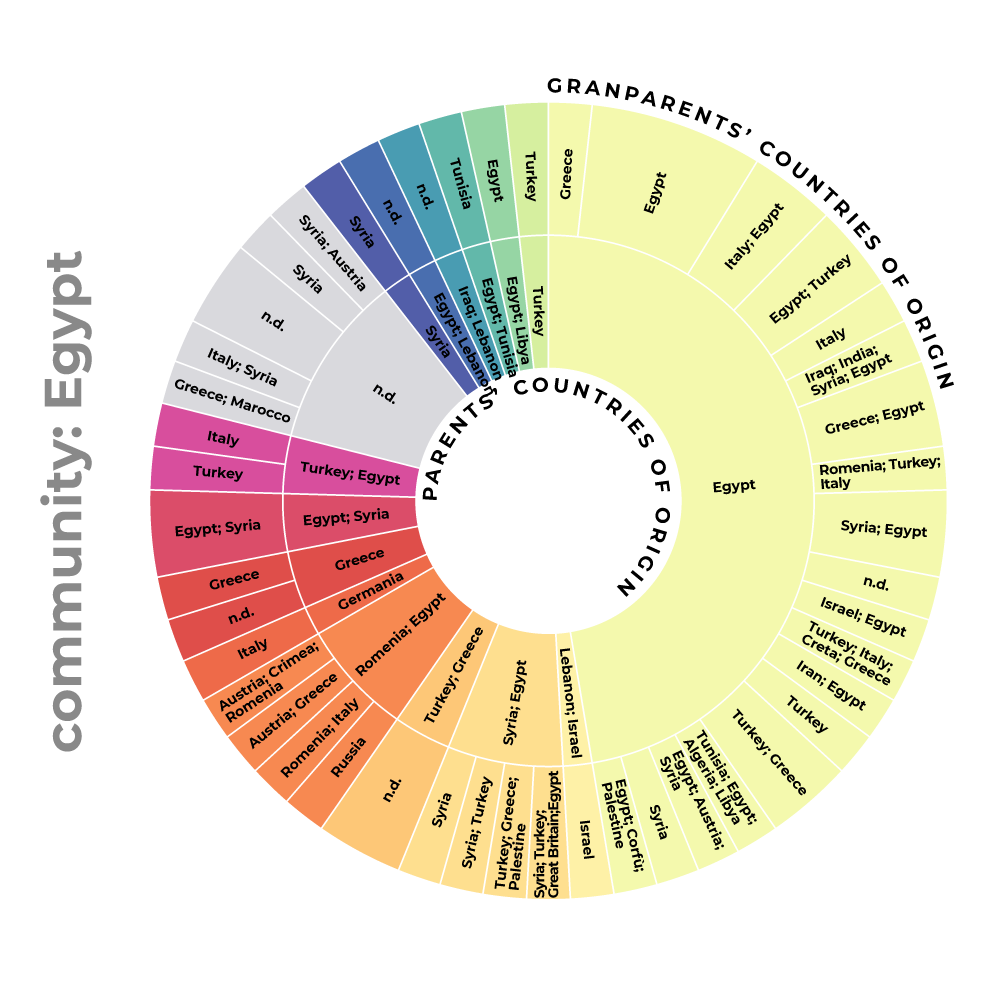Mapping Roots, Charting Routes
Jewish Migrations from North Africa and the Middle East to Milan (1940s-1970s)
A project by Piera Rossetto
During the second half of the 20th century, the Jewish presence in the Middle East and North African (MENA) region was almost put to an end by events that destabilised the entire area. This represents a complex phenomenon spanning time and space that cannot be thoroughly encapsulated by a single term. In this context, Italy as well became eventually home to a composite MENA Jewish population. Although a marginal case in comparison to other resettlement directories (Israel, France, or Canada), these waves of migration deeply affected and transformed Italian Jewry, especially - but not only - in demographic terms. The visualisation concerns the specific case of Milan (Italy) and it is based on more than 100 interviews conducted by the CDEC Foundation - Edoth Project (2011-2019) with Jews from Egypt, Iran, Lebanon, Syria, and Libya who settled in the city between the 1940s and 1970s. The general map highlights the settlement trip to Milan from the country of origin. By clicking on the individual trajectory, dashed lines display the intermediate trips. Through this sample of interviews, the visualisation attempts to depict the overall complexity of the migratory phenomenon while paying attention to the peculiarity of each journey.


Filter by:
Graphs & Charts
Cause of departure
The graphs show the causes of departure for each community. These include:- Nd (not declared) = no clear cause is expressed;
- Study = educational purposes (i.e., University or vocational training);
- Economics = job offer; economic difficulties in the country of origin; better economic opportunities; job related trip; entrepreneurship;
- Politics = expulsion; political instability; insecurity due to political instability; war; discrimination.
- Family = marriage; family reunification;
- Ideology = refers specifically to migration to Israel when ideological causes are expressed (i.e., Zionism, belonging to youth Zionist movements, attachment to Israel).
Professional activities
The graphs show, for each community, the professional activities performed by the interviewees. Activities are grouped in categories, some being more specific - such as Carpets or Precious/Gemstones - while others less. The category Care includes jobs related to the care of individuals and groups (i.e., Health Care, Elderly Care, Religious Care-Rabbi or Chazan), while Care Family refers to work performed within the Interviewee's family.Identity / ID documents
For each community, the charts show the correlation between the personal identity claimed by the interviewee (inner circle) with the identity documents possessed by the interviewee's family (outer circle). The outer circle Identity documents includes different sorts of personal identification documents possessed by the interviewee and/or family members, such as passports, laissez-passer, personal identity card. The inner circle Identity displays the many combinations interviewees resort to in order to express their personal belonging(s).CREDITS
Project funded by the FWF (Austrian Science Fund) grant T1024-G28
Original idea, texts and data elaboration by Piera Rossetto
User experience & interface design by Sara Radice
Software design & development by Fabio Sturaro
Thanks to the CDEC Foundation for providing access to the Edoth Project archival sources



